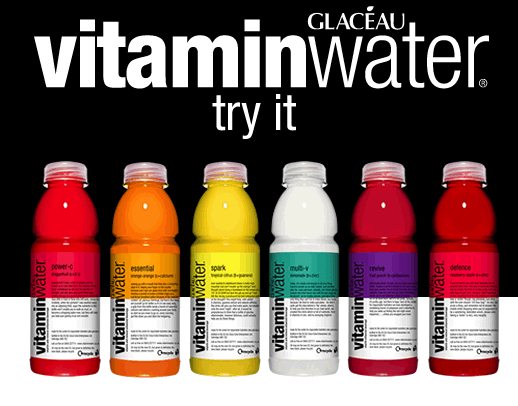As a
marketer, you probably chose this path because you thought it would provide you with
an outlet for your creativity; perhaps you find yourself more of an introvert,
and you would rather avoid socialization and work in an office, in front of a
computer, designing digital ads and television commercials. Now, if your hopes
revolved around the idea that you would have to communicate minimally with
other people, you were sadly mistaken. Communication plays a significant role
in marketing. However, this form of communication is different from the literal
definition. In Marketing, communication
is the process of conveying a message to
others and it requires six elements: a SOURCE, a MESSAGE, a CHANNEL OF
COMMUNICATION, a RECEIVER, and the processes of ENCODING and DECODING.
The Six
Elements of Communication:
1.
Source: a
company/person who has info to convey.
2.
Message:
information sent by a source forms a message.
3.
Channel
of communication: the means that the message is conveyed by (salesperson,
advertising media, public relations tool, etc.)
4.
Receiver:
consumers who read/hear/see the message.
5.
Encoding:
having the sender transform an idea into a set of symbols.
6.
Decoding:
process of having the receiver take a set of symbols, the message, and
transform the symbols back to an idea.
From my own
personal experience, I will illustrate the “Six Elements of Communication” via Coca-Cola.
Obviously, the source is Coca-Cola, the international soft drink giant.
The company’s message has changed over the years, but it has consistently
been associated with words and phrases like: ‘Fun’, ‘Good Times’, ‘Refreshing
and Delicious’, ‘Enjoy Life’, and most recently, ‘Happiness’ and ‘Share a Coke’.
Take a look at a few of the marketing techniques utilized by Coca-Cola during
their ‘Open Happiness’ marketing campaign below:

Above we
have three examples of channels of communication via advertisements that
can be publicized through magazines or social media, and public relations
stunts, such as these two innovative vending machine ideas. Since its beginning,
Coca-Cola has remained infamous for its ingenious marketing strategies. Sales promotions, short term inducement of value offered to arouse interest in buying a
product/service, are a channel of communication as well. Coke uses discount
coupons (seen below) that its vendors place on the products on the shelves during the
restocking process. They also promote their products with contests, such as the
recent NCAA College Football Sweepstakes that offered the consumer the
possibility of winning four tickets to an NCAA playoffs game by simply entering
a code underneath the cap online.

The receivers are obviously customers who buy Coke
products. In terms of encoding, Coca-Cola has transformed the idea of ‘happiness’
into the very symbol of its brand. With its unique shape, the Coke bottle symbolizes
the aforementioned ideas of ‘happiness’, ‘fun’, and ‘refreshing’. By using innovative
advertisements and other marketing stunts, the company has subliminally
impacted consumers to associate these keywords with their brand. Hence the
reason many people find themselves thirsty for ‘an ice cold Coke’ on hot a
summer day, or salivating at the thought of a Coke with a burger and fries.
As for decoding,
the same is true. The symbols that Coca-Cola projects (its Coke bottle, its
logo, its slogans, and advertisements presenting 'Coke messages') influence the
consumer, allowing them to transform these messages and symbols with ideas
related to the product.
It is
important to remember the significance of communication when marketing a product.
Innovative marketing techniques and strategies can rapidly enhance a company’s
brand reputation and the position of a product in the consumers mind.
Ineffective communication will not lead to the success of a company as it will
not further the company’s brand. Utilize these six communication elements so as
to bring sure success to your company!
Until next
time!













